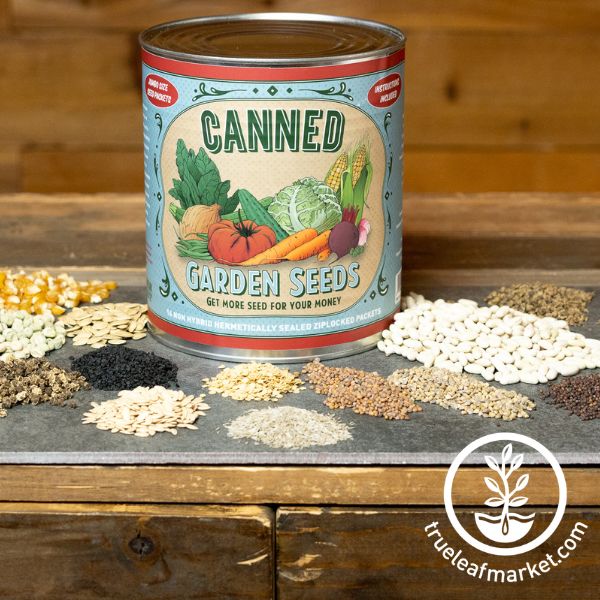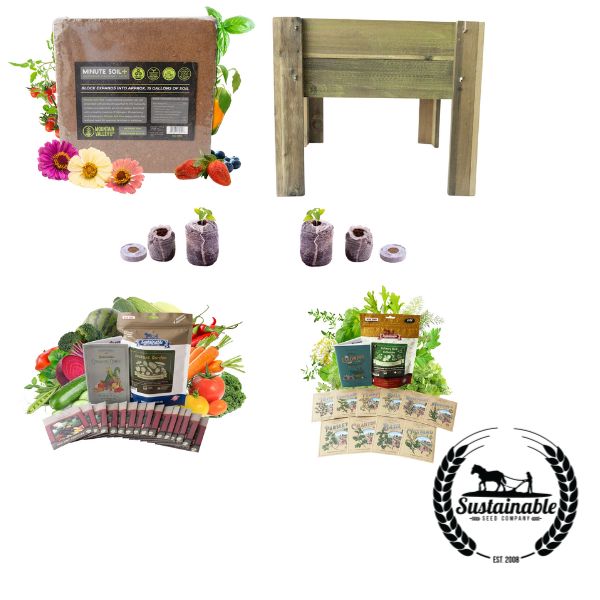Salads have been a significant component of cuisine around the world for centuries. But why has it stuck around? I can’t tell you how many people I know who hate salads. They complain that they are bland with next to no flavor, boring, unappealing, and only for those on a diet. If you share any of these complaints, I have to tell you, you are making them wrong. Leafy greens and other vegetables are more than rabbit food, they are one of the greatest sources of nutrients and flavor if made right.
The most common complaint among those who hate salads is the lack of flavor. If your salad is only made up of leafy greens, it would taste pretty bland. To really enjoy a salad, it is important to pair different flavors together. The leafy greens support the bulk of the meal, while the other vegetables, sprouts, microgreens, seasonings, and dressing provide a unique flavor profile. Without additional flavors to excite the meal, eating a salad can be just as enjoyable as only drinking water. Don’t let yourself feel let down by another salad, spice things up.

Raw and Living Foods
While salads are a popular piece of many fad diets, they have the ability to deliver necessary nutrition regardless of what your lifestyle looks like. Whether you are trying to stay slim, lose weight, bulk up, or just want to stay healthy, salads are for you. The greatest benefit salads have to offer is that they are a rich source of nutrients. This is because you can build a salad out of nutrient-dense raw and living foods.
To benefit from the greatest nutrient-density vegetables have to offer, harvest fresh from your own garden. When fruits and vegetables sit on transport trucks and grocery store shelves for weeks, they degrade slightly in nutritional value and go from living foods to simply raw foods. Harvesting fresh from the garden ensures you know how your food was grown and that it reached peak ripeness on the plant. If you have never had a tomato ripe from the vine, you are truly missing out.
While raw foods are great and offer healthy nutrients and texture, living foods are the real pot of gold. Living foods are still alive and growing (consumed within 48 hrs of harvest). They offer a high nutrient density and may also contain micronutrients, antioxidants, and active probiotics. This combination supports the immune system and aids healing from the inside out.

Because living foods contain vital nutrients, antioxidants, and probiotics, they are able to provide support to the gut that is missing in large from the mainstream diets of today. Probiotics help break down food and affect nutrient absorption.

Additionally, the body absorbs vitamins, minerals, and antioxidants known to help fight free radicals in the body. Free radicals are often sourced from pollution, radiation, and food processing that we come in contact with every day. In excess, they can damage molecules and throw off our homeostasis (balance) within the body. Free radicals are naturally managed by many mechanisms using antioxidants found in the very food we eat.
Build A Better Salad
Leafy Green Salad Base
Start with your greens, just don’t forget to add a few things from the other categories as well. While the flavors will largely come from everything else you add, picking the right greens is just as important. Many people don’t realize the variety available in leafy green vegetables. Try branching out from the standard spring mix or green leaf, romaine, and iceberg lettuce you find in the grocery store. Try adding something sharp with a little spice, like arugula. Or, change up the texture with some kale, spinach, pak choi, or chrysanthemum greens. Even if you just want to stick with lettuce, try growing a few different varieties to mix up the traditional flavor, texture, and colors you are used to.
Fruits and Vegetables
Fruits and vegetables host a variety of flavors and textures. You can find anything from sweet and juicy to crunchy and spicy in the realm of fresh fruits and vegetables. Experiment by adding different combinations to your salads. Feeling like something sweet? Add some fruit. Want something more savory or hardy? Add more vegetables, such as beans, for a great source of protein.
Sprouts
When it comes to using sprouts, many people feel stuck with knowing how to use them. Salads are perfect! Adding a handful of sprouts can broaden the flavor and improve the texture. Many sprouts offer a delightful crunch or burst of flavor. Not only are they yummy, but they are also packed full of nutrients. Some sprouts, like broccoli, can pack as much as 40 times the amount of nutrients found in their mature counterparts, according to the USDA. That’s a lot!
For such great benefits, they sure are easy to grow. Some are ready to eat in as little as 4-5 days. Simply follow the recommended soak times and rinse daily. Before long, you’ll be able to pick your favorites for creating delicious gourmet salads.
Microgreens
While similar in nutrients to sprouts, microgreens offer a different texture and often bolder flavors. Additionally, more vegetables can be grown as microgreens than are available for growing as sprouts. You can easily identify good microgreen or sprouting seeds in their categories found at the top of this page. Micros are easily grown in soil or coco coir and are ready to harvest in 6-28 days, depending on the variety. Simply harvest by cutting as much as you want to use. Microgreens don’t store well for long. If you are just starting out we recommend trying a kit or sample pack to tray a variety of flavors.
Salad Dressings
When it comes to topping green salads, many people struggle not to dredge their leafy greens in oil and fatty dressings. Not only are many of the store-bought dressings unhealthy, they aren’t really that flavorful. Making your own dressing can change all that. Continue using your freshly harvested fruits, vegetables, and herbs to create a variety of crafted salad dressings that won’t disappoint. I love seeing all of the creative salads, dressings, and other yummy vegan recipes Kristina shares (@fullyrawkristina). Try one of her 5 salad dressing recipes shared in this video to kickstart your refreshed salad journey.
Protein and Filler
Beyond the traditional fruits and vegetables, there are still many options for bulking up your salads to be more fulfilling. Try adding your favorite meats as a warm component to a cool fresh salad. Not only does it add a savory, comforting taste, but also a good source of protein. Other protein options include beans, lentils, eggs, chickpeas, nuts, and cheese. If you are still left needing some bulk to fill you up, add some rice, quinoa, or spelt as a filler. Throw in a tortilla and some guac, and you can go full-on Cafe Rio for a meal at home. Who said salads were just a lady's food? All of these awesome benefits even have famous athletes such as Arnold Schwarzenegger, Venus Williams, Chris Smalling, Alex Morgan, and Tyrann Mathieu focused on fueling their bodies with a focus on plant-sourced foods.
























0 comments
No comments yet! Be the first to start a conversation.